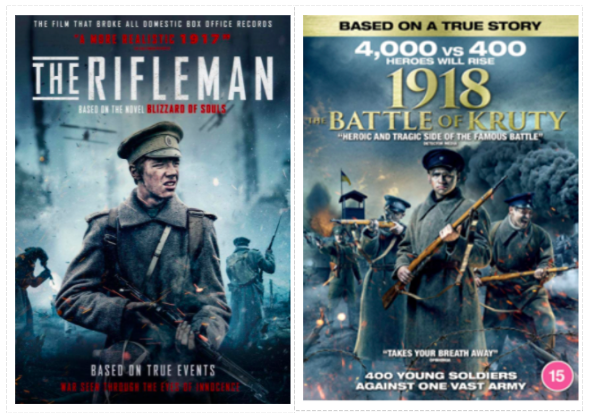
Covid Free (mostly). It has taken 16 days of testing positive. Fatigue was the most prevalent symptoms: I needed a siesta - usually for a couple of hours, then an early night; one day I slept through pretty much to the following day. No fever, no loss of taste. Heightened allergy symptoms but hay fever and being in bed a lot would do that, however the aggravation of tickly cough has persisted now for a further week. I'm on antihistamines and nasal sprays and for the first time in a decade or more have a reliever inhaler - not that using it makes any differences at all to the wheezyness.
The testing was interesting. On Day One, -1, I tested negative with a lateral flow test. For a couple of days I took the symptoms to be hayfever. Then I got a positive PCR test. As part of the Zoe Covid Research I log my symptoms everyday and 'they' had prompted me to get a test - still free at the end of March. The first positive lateral flow test produced the two line indicators within seconds. By the end of the infection I had to use a timer as the second line would appear 15 even 28 minutes after doing the test. Finally, there was no second line at all, ever, not within the 15-30 minute window, not overnight. This restored my faith in these as for 18 months I had been testing negative; obviously because my asthma/hay fever symptoms are possible indicators for Covid.
Having had two vaccinations and the booster I assume I got off lightly.
There were nights when my breathing become very light and my blood oxygen dropped to a level that required me to get in touch with my GP. I did breathing exercises to make sure I was filling my lungs, not something you want to do when you feel you lower chest is wrapped in elastic bands ... or your are wearing a corset.

Others have been dropping like flies; two council members recently, many others too. I went in, masked up, windows open, to make up the numbers for the Landport Bottom Committee. (Apparently Government guidelines permit this and the Town Clerk provided the advice. We've already had this meeting postponed twice). I wanted to steer the inventive ones away from complicated responses to a bench with a dedication; my thinking, based on 50 or so photographs of benches from across East Sussex, was that something simple can be suitably aesthetic, easy to maintain and not too expensive to purchase and site. I also wanted to share my insights on signage (information boards) and rules/guidelines about dogs on leads around sheep.
I have watched a lot of TV, and far too many videos on Instagram and TikTok.
I will be deleting social media once more now that I have my brain back. 'Brain fog' was an interesting one because it was some imperceptible; I could work where this required proofreading i.e. a mindless repetitive task, but I was disinclined to read or write. Interestingly, which might be indicative of brain fog of sorts, my scores for the language app I do several times a week, LingVist, dropped to an historic low of 26%. On a good run I get 80%+ consistently. I'm still floating around the 50% mark. It's as if my brain is unwilling to retain new information.
I used the fact that I am watching masses of TV and film to revive an interest in storytelling; once again I am spotting opening scenes, 'beats' and turning points in scripts and stories.

Unhealthily I had been spending an hour or more in a local wood seeking out bluebells, wood anemones, wild garlic and marsh marigolds. For someone who gets seasons hayfever this has probably not been a great idea!

















